Spot the 10 differences and learn about tapirs!
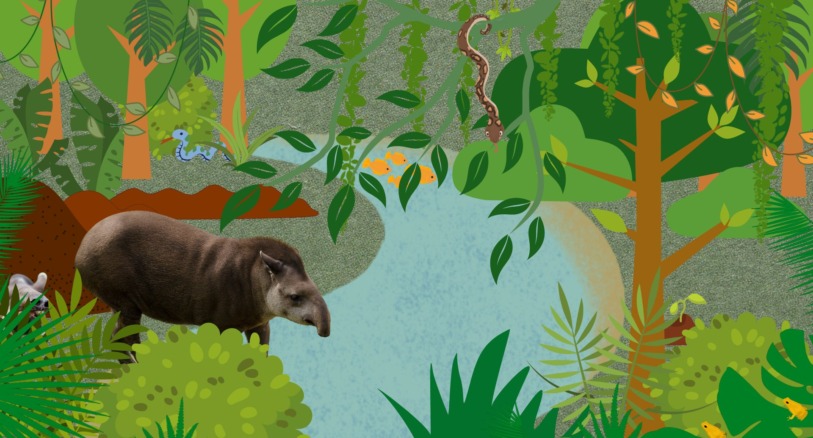

Spot the 10 differences and learn about tapirs!
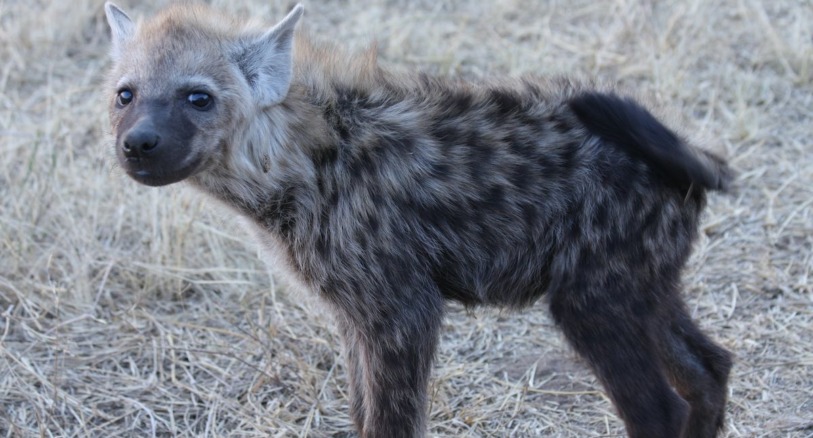
Get creative with this hyena coloring page!
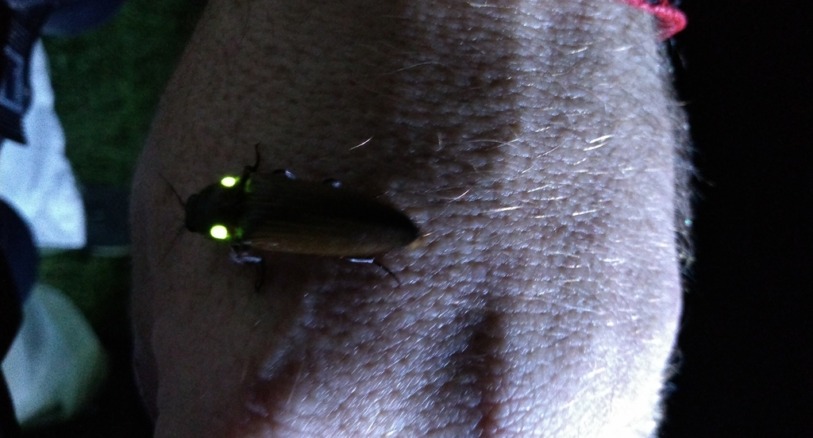
Habitat loss and pesticides are problems for bioluminescent insects. Now scientists are also worried about the impact of light pollution on these amazing animals.
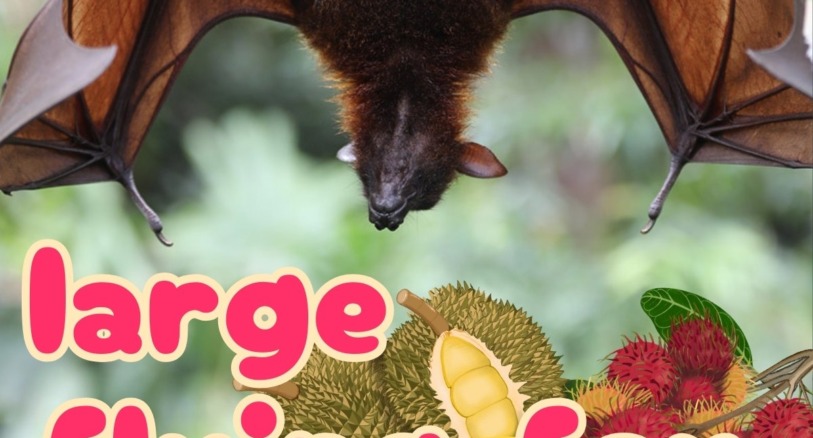
The large flying fox is a type of fruit-eating bat that lives in Southeast Asia. It has a cute fox-like face with large eyes and pointy ears.
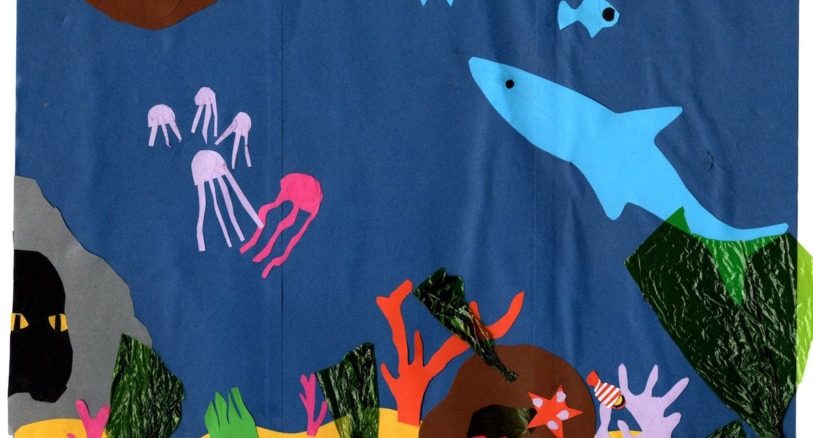
Grab some paper, scissors, and glue and get creative with this fun craft activity!
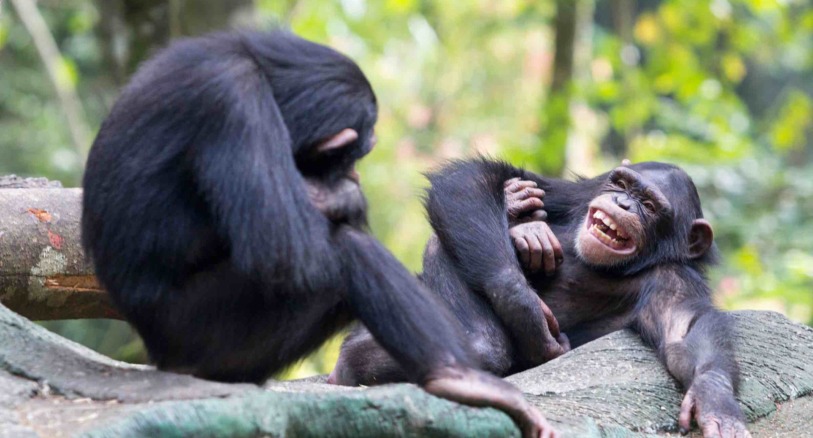
A group of scientists has found evidence that our great ape relatives tease each other by poking, hitting or pulling on a body part in playful ways.
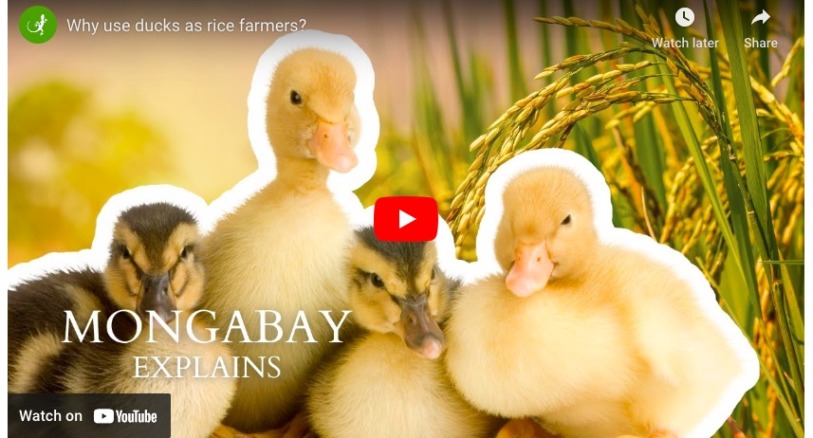
Ducks are cute AND helpful for rice farming, it turns out.

Insects have two ways of flying, synchronous and asynchronous. Scientists built a robotic insect model to test how the two ways of flying might have evolved.
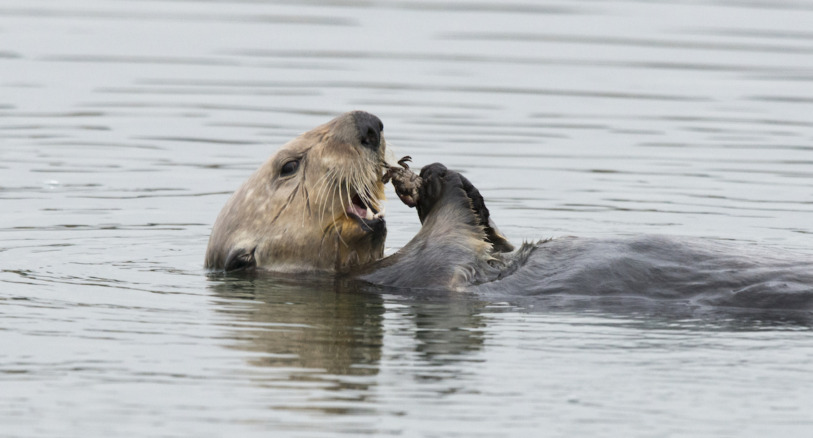
By munching on burrowing crabs, sea otters are helping return the Elkhorn Slough to good health.
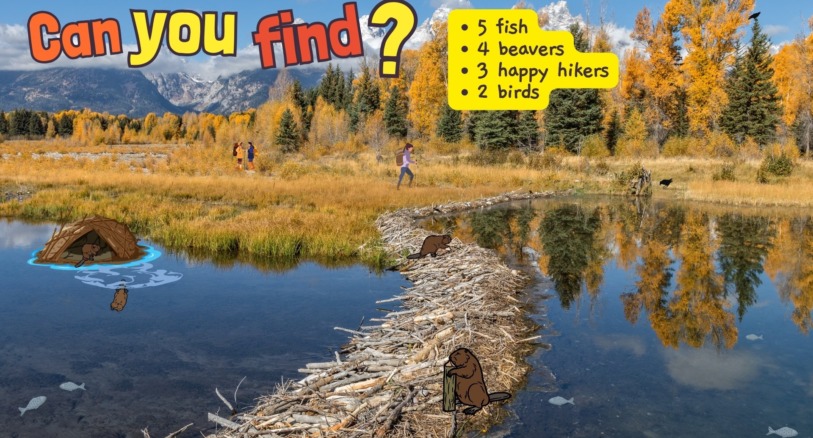
Can you find all the
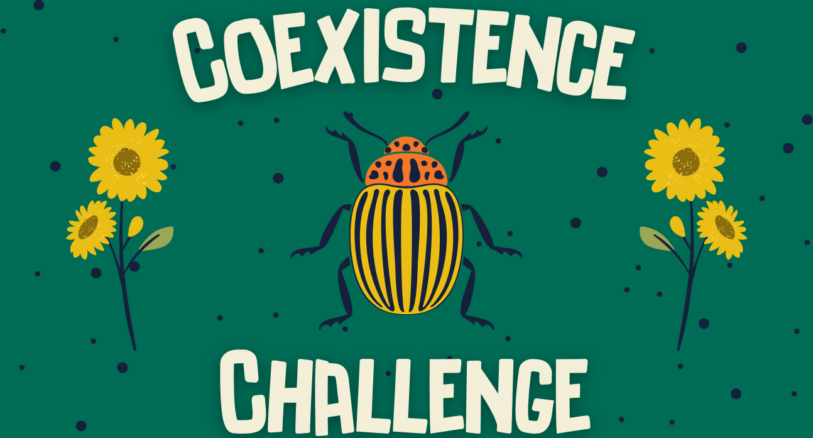
Can you find all the species in this month’s Seek challenge by iNaturalist? Go on! git it a try.

It may seem like a harsh landscape to us humans, but for many other animals and plants, South Georgia Island is the best place to be!